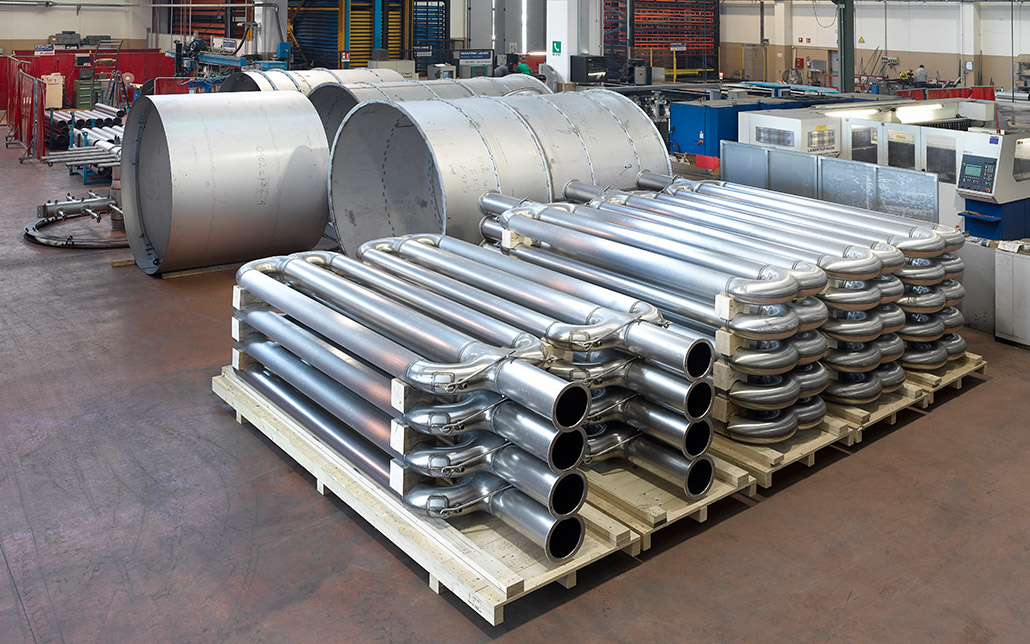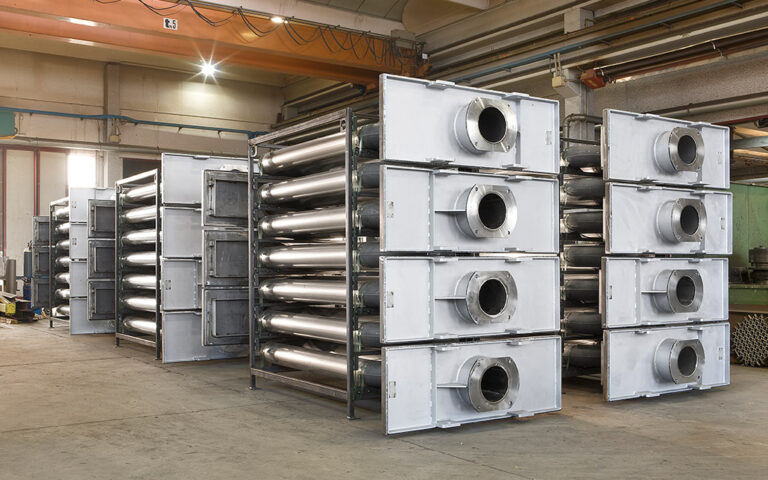Radiant Tubes
Seamless high-temperature tubes made from iron-chromium-aluminum alloys (Powder metallurgy or conventional metallurgy), heat-resistant casting alloys, or nickel-based alloy are called radiant tubes. All the above alloys have different compositions & choose according to application.
Highly customized to meet specifications, they are mostly used for gas-heated or electrically heated furnaces. General designs include straight, U-shaped, and W-shaped radiant tubes in any desired length. Used in extremely demanding environments, leak-proof and corrosion-resistant are other unique features of radiant tubes. Heat-resistant casting alloys allow operating temperatures up to 1100 °C. Radiant tubes can be used as standalone elements or in collaboration with bundle rod heaters. But when used with bundle rod heaters, they can be used for temperatures up to 1400 °C and have superior performance.
Longer service life: Due to the capability of forming a dense and adhesive oxide film and excellent mechanical properties of radiant tubes, superior resistance to corrosion, thermal shock, sagging, and atmospheric attack are provided which increases the operating life.
Superior power rating: Ferritic alloys provide a higher power rating than any other metallic heating system
High temperatures and severe conditions: Powder metallurgy radiant tubes can withstand carburizing and sulfurizing atmospheres. So furnace temperatures can be increased leading to a reliable and cost-efficient process.
Medium temperatures: When furnace conditions are not too demanding, a heat-resistant casting alloy-based radiant tube can prove to be the most economical choice.
- Heat treatment furnaces (carburizing furnaces and galvanizing furnaces)
- Melting, dosing and holding furnaces
- Dental furnaces
- Diffusion furnaces
- Laboratory furnaces








